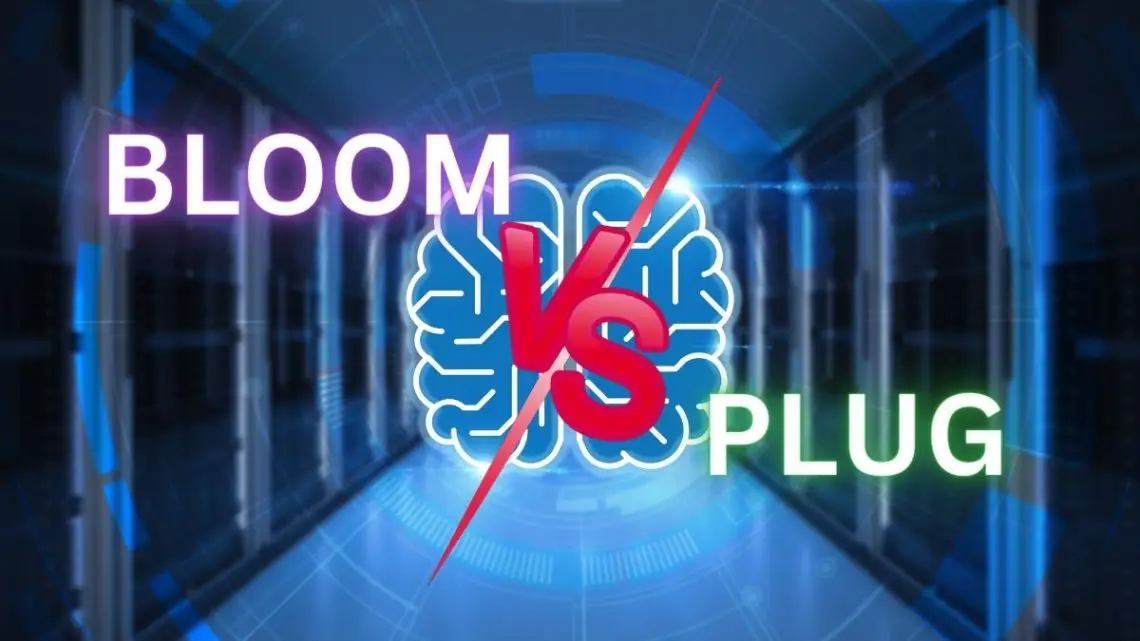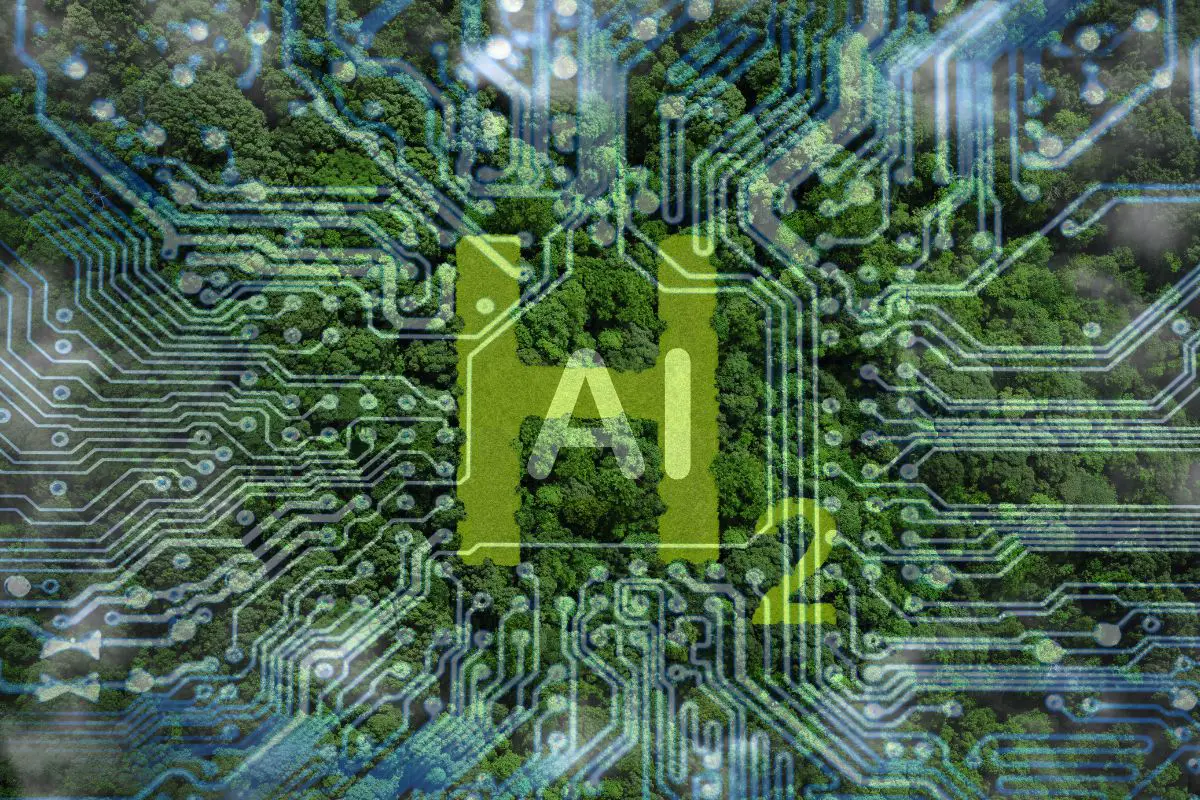
Bloom Energy vs. Plug Power – The Rising Stars in AI Data Center Power Supply
April 9, 2024In the race towards clean energy and technological advancement, two significant players stand as front-runners in the fuel cell arena—Bloom Energy and Plug Power. Amidst the rising interest in AI data centers, both companies present themselves not only as parts of the sustainable energy movement but also as potential key suppliers of the massive electrical demand these data centers will entail.
Differing Paths in Fuel Cell Technology
Bloom Energy has charted its course in the fuel cell market with solid oxide fuel cells, typically powered by natural gas. This technology, which does not require an expensive catalyst and operates at admirably high temperatures, finds its niche in stationary and backup power generation. In 2019, Bloom ventured into the hydrogen fuel space by announcing that its Energy Servers could be adapted to run on hydrogen, positioning the company to produce electrolyzers for renewable hydrogen as well.
On the other side of the spectrum, Plug Power specializes in proton exchange membrane (PEM) fuel cells that function entirely on hydrogen. These cells, requiring a costly catalyst like platinum, operate at lower temperatures and are quick to start or stop. These characteristics make them ideal for transportation applications such as forklifts and vehicles, representing a divergence from Bloom’s clime.
Bloom Energy’s Emergence in the Hydrogen Market
Bloom Energy’s foray into the hydrogen market came with the introduction of systems capable of running on hydrogen. This innovation has led to Bloom providing 250-kilowatt Energy Servers—enough to power a significant retail establishment with sustainable energy—while heralding a compact and space-efficient design.
The Intersection of Green Hydrogen and AI Data Centers
Green hydrogen has gained prominence as a worldwide decarbonization strategy, but its application in data centers remains nascent. Yet, both Bloom and Plug Power are seizing the opportunities in these emerging markets.

Bloom’s commitment to low-carbon power generation makes it a compelling option for AI data centers seeking grid-independent solutions. With the projected boom in electricity demand driven by high-powered AI, Bloom Energy is poised as a stealthy contender in supplying the vital power to meet these demands.
Plug Power has signaled a more distant, yet definitive, entry into the AI data center realm. CEO Andrew Marsh announced that by the latter half of 2025, deployments of Plug’s green hydrogen fuel cell systems as backup power options for data centers could begin in earnest. The anticipated surge in demand for zero-carbon hydrogen energy resonates with the objectives of major industry leaders like Amazon, Microsoft, Google, and even Tesla, as they shift away from diesel and towards sustainability.
The Future of Energy in AI Data Centers
A remarkable statistic from the Boston Consulting Group cites that by 2030, the electrical requirements for generative AI platforms could equate to those of around 5 million U.S. homes. This staggering number accentuates the pivotal role companies like Bloom Energy and Plug Power will play in providing the necessary clean energy to power future innovations.
Despite past liquidity concerns and supply chain hurdles in the liquid hydrogen market, Plug Power has recently indicated positive steps towards stabilizing its operations, including nearing the finalization of a significant loan facility with the U.S. Department of Energy.
Conclusion
Bloom Energy and Plug Power, through their differing means but similar ends, are expected to become integral parts of the AI data center ecosystem. Their technologies promise a future where clean energy seamlessly integrates with cutting-edge AI advancements. Looking ahead, both companies are worth watching as they work towards realizing the full potential of hydrogen and fuel cells in powering the data-driven world of tomorrow.
FAQs on AI Data Center Growth with Statistics
1. What is the projected growth rate of AI data centers?
The global AI data center market is expected to grow at a compound annual growth rate (CAGR) of approximately 23.4% from 2023 to 2028. This growth is driven by the increasing adoption of AI technologies across various industries, necessitating more advanced and efficient data processing capabilities (MarketsandMarkets).
2. How much energy do AI data centers consume?
AI data centers are estimated to account for about 1% of the global electricity demand, a figure that is expected to rise significantly. The intense computational power required for AI workloads means these facilities can consume up to 10 times more energy than standard data centers (IEA).
3. What percentage of global data center traffic is AI-related?
AI-related workloads are projected to account for nearly 30% of global data center traffic by 2025, up from approximately 15% in 2020. This surge is attributed to the increasing reliance on AI for data analysis, machine learning, and other computational tasks (Cisco Global Cloud Index).
4. What is the impact of AI data centers on carbon emissions?
AI data centers are significant contributors to carbon emissions due to their high energy consumption. It’s estimated that globally, data centers could be responsible for up to 3.2% of total carbon emissions by 2025, with AI data centers contributing a growing share of this footprint (Nature).
5. How much investment is flowing into AI data center infrastructure?
Investment in AI data center infrastructure is booming, with over $35 billion invested globally in 2023 alone. This investment is aimed at upgrading existing facilities and constructing new ones to accommodate the growing demand for AI capabilities (IDC).
6. What are the major challenges facing the growth of AI data centers?
Key challenges include managing the increased energy consumption and associated costs, ensuring adequate cooling for high-density computing environments, and addressing the environmental impact. Additionally, there’s a need for skilled personnel to design, operate, and maintain these advanced facilities (Gartner).
7. How are governments responding to the growth of AI data centers?
 Governments around the world are implementing policies and regulations to promote energy efficiency and sustainability in data centers. This includes incentives for using renewable energy sources, requirements for energy reporting and efficiency improvements, and support for research into innovative cooling technologies and infrastructure designs that can better support AI workloads (EU Commission).
Governments around the world are implementing policies and regulations to promote energy efficiency and sustainability in data centers. This includes incentives for using renewable energy sources, requirements for energy reporting and efficiency improvements, and support for research into innovative cooling technologies and infrastructure designs that can better support AI workloads (EU Commission).
These statistics highlight the rapid growth and evolving challenges of AI data centers, underscoring the importance of sustainable practices and investments in infrastructure to support the future of AI technology.
Ready to test your knowledge on the most abundant element in the universe? Take our fun and engaging Hydrogen Quiz now! [forminator_quiz id=”58712″]



 With over 15 years of reporting hydrogen news, we are your premier source for the latest updates and insights in hydrogen and renewable energy.
With over 15 years of reporting hydrogen news, we are your premier source for the latest updates and insights in hydrogen and renewable energy.
Solid oxide fuel cells (SOFC) powered by natural gas cannot produce fossil-free electricity, unless they are powered by biomethane derived from organic waste. Bloom energy should consider producing biomethane from the millions of tons of organic waste produced every day, which if land-filled releases huge amounts of methane that is around 9.3 times more powerful a greenhouse gas than CO2.
Waste Management and Clean Energy do this today. I believe ALL of the Waste Management green garbage trucks run on Renewable Natural Gas. They are not HFCVs, but at least they are using up some of the gases that Oil & Gas just let seep into the atmosphere.